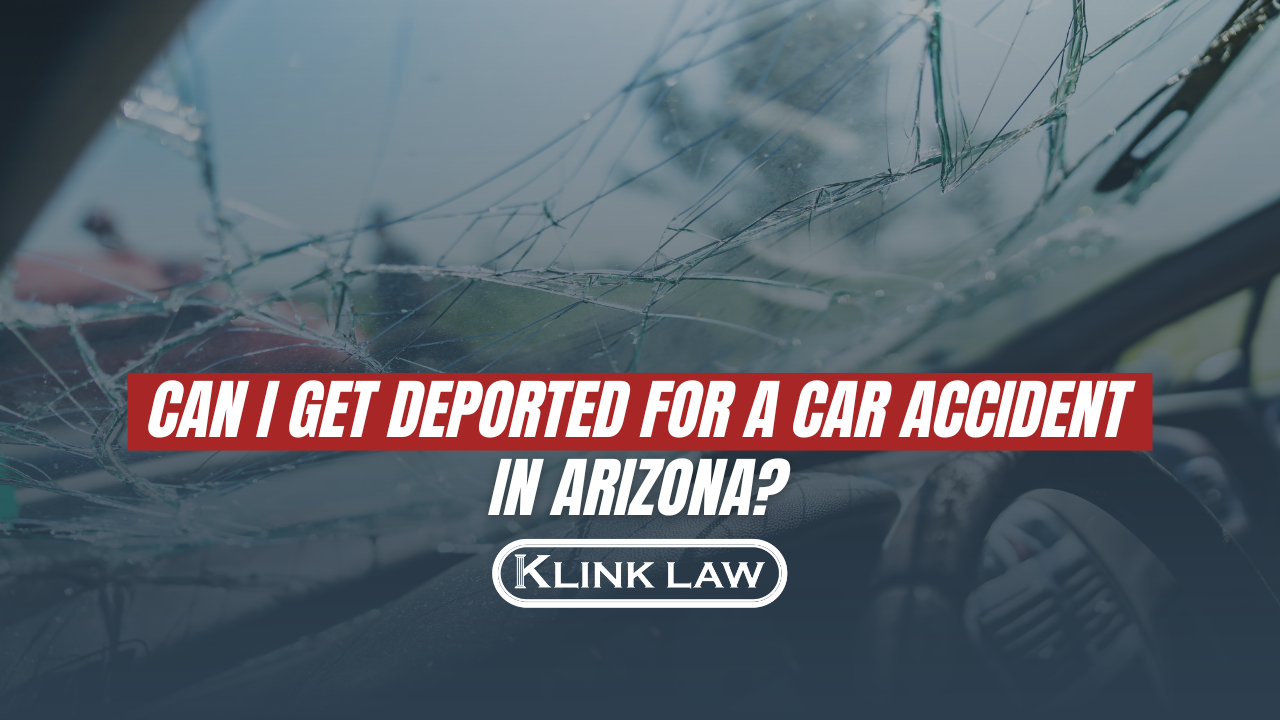
Lane Splitting Laws In Arizona
Lane Splitting Laws In Arizona: What You Need To Know
Following recent changes in the law, Arizona now allows motorcycle riders a bit of extra space on the road. Known as lane splitting or lane sharing, this practice permits motorcycle riders to maneuver between two cars traveling in the same direction. While most states deem this practice unsafe and illegal, Arizona has introduced specific provisions to allow motorcycles to share lane space in certain situations. This new approach strikes a balance between safety and convenience for all road users.
Arizona’s New Motorcycle Lane-Filtering Law
As of September 24, 2022, Ariz. Rev. Stat. §28-903 provides the following:
“The operator of a two-wheeled motorcycle may overtake and pass another vehicle that is stopped in the same direction of travel and in the same lane as the operator and may operate the motorcycle between lanes of traffic if the movement may be made safely and if the operator does both of the following:
- Operates the motorcycle on a street that both:
(a) Is divided into at least two adjacent traffic lanes in the same direction of travel.
(b) Has a speed limit that does not exceed forty-five miles per hour.
- Travels at a speed that does not exceed fifteen miles per hour.”
The new law exclusively applies to two-wheeled motorcycles without sidecars, thereby prohibiting riders of trikes, Spyders, Slingshots, or Ural sidecars from engaging in this practice. Additionally, it is crucial for motorcyclists to comprehend that motorcycle lane-filtering is only permissible on streets, not freeways, with a maximum speed limit of 45 mph or less, and must have two or more lanes traveling in the same direction.
When traffic is at a standstill, motorcyclists may proceed under the new law, but only at a maximum speed of 15 mph, ensuring the safety of themselves and other motorists. It is of utmost importance for motorcyclists to exercise this maneuver judiciously, taking into consideration their surroundings and the absence of undue risk.
Ample space should be ensured for navigating between lanes, and it is imperative to remember that it is not mandatory to traverse the entire stretch of road before an intersection. Motorcyclists can always merge into a lane when it is safe to do so and reassess their position accordingly.
Updates To The Arizona Lane Splitting Law
Arizona embraces motorcycle culture, boasting over 275,000 motorcycle registrations throughout the state. However, the practice of lane splitting has sparked ongoing debates among Arizona residents, primarily due to concerns for motorist safety. Some argue that lane splitting can alleviate traffic congestion, while others remain skeptical. To fully comprehend the recent changes to Arizona’s laws, it is crucial to distinguish between lane filtering and lane splitting. By clarifying these distinctions, we can gain a comprehensive understanding of the topic at hand.
Lane Splitting vs Lane Filtering
Lane splitting, a practice allowed exclusively in California, permits motorcyclists to navigate through congested traffic. By riding around or between vehicles in designated lanes, riders can bypass traffic jams and expedite their journey to their desired destination. This maneuver not only helps alleviate congestion but also allows motorcyclists to reach their endpoints more efficiently.
Lane-filtering for motorcycles serves as a valuable means of circumventing the safety hazards associated with braking and accelerating amidst heavy traffic. In such scenarios, motorcyclists are often faced with an elevated risk of collision due to the diminished noticeability of their smaller vehicles by other drivers. Furthermore, in warmer climates, lane filtering enables motorcyclists to avoid prolonged exposure to uncomfortably high temperatures while donning their protective gear, thus allowing them to maintain a continuous flow. Additionally, this practice can help safeguard against the potential overheating of motorcycles.
Despite what some media reports suggest, the new Arizona lane filtering law is distinct from the California lane splitting law. Arizona’s law specifically addresses lane filtering in certain situations, similar to a few other states that have legalized this practice. In motorcycle lane-filtering, a motorcyclist who is stopped behind two lanes of vehicles can navigate between the lanes to reach the front of the line. This is typically done at intersections where motorcyclists can easily accelerate back into their preferred lanes. Rest assured, the focus remains on improving the writing quality while preserving the original meaning and optimizing word choice, structure, readability, and eloquence.
How to Safely Lane Filter
While lane filtering is now legal in Arizona, it’s important to exercise discretion and not filter through stationary traffic at every intersection. We advise reserving this maneuver for specific instances, ensuring a thoughtful and safe approach.
- Traffic is severely backed up
- You’re concerned about your motorcycle overheating
- There is plenty of room between stopped lanes of traffic for you to navigate
When you start lane filtering, keep in mind that you don’t have to ride the entire length of the road until you reach the intersection. It’s always a good idea to merge into a lane and reevaluate your surroundings before proceeding further.
Arizona Lane Splitting Laws: Final Takeaways
Motorcyclists are optimistic that the newly implemented Arizona lane-splitting law will enhance their safety by allowing them to navigate through traffic more efficiently. However, it is crucial for bikers to bear in mind the specific limitations to ensure compliance with the law and fully benefit from these changes. Disregarding these regulations not only puts their own safety at risk but also endangers others on the road, increasing the likelihood of accidents. If you require legal assistance following a motor vehicle accident, don’t hesitate to reach out to Klink Law, PLLC for expert guidance.


